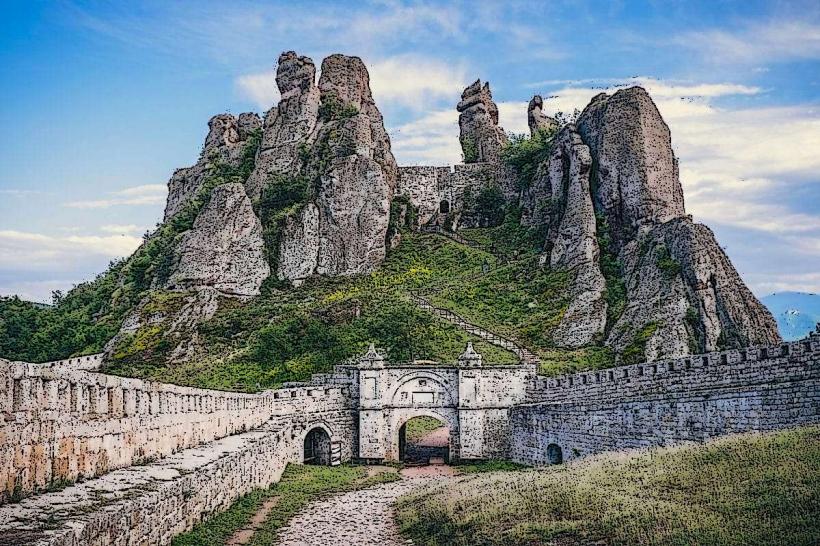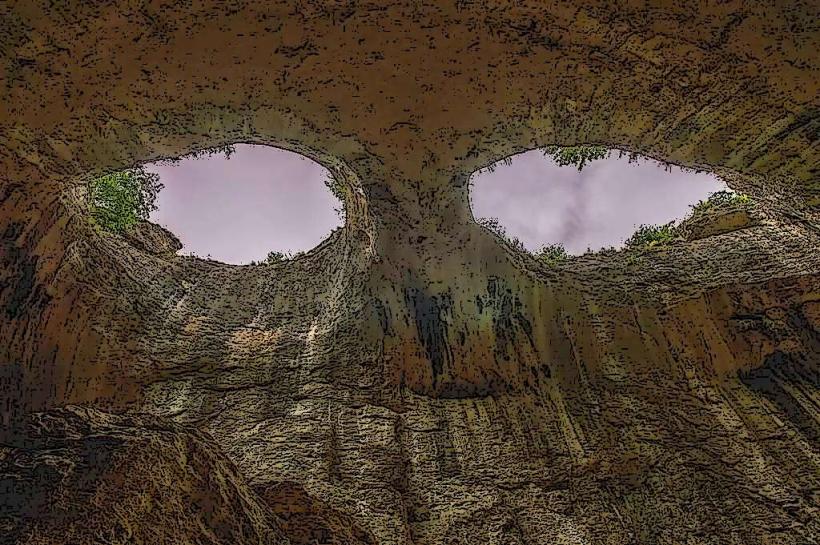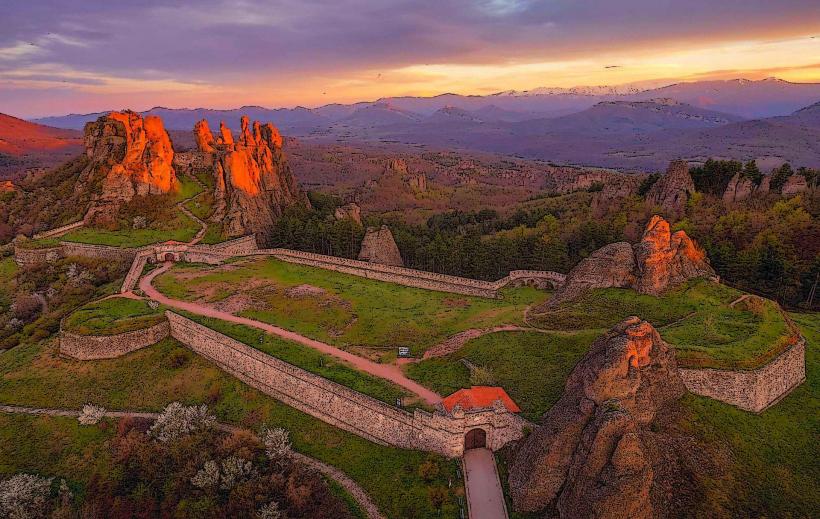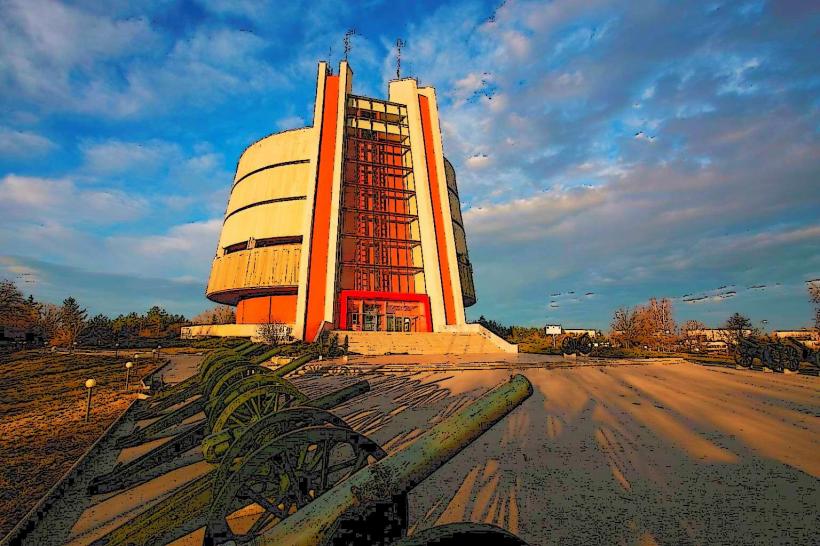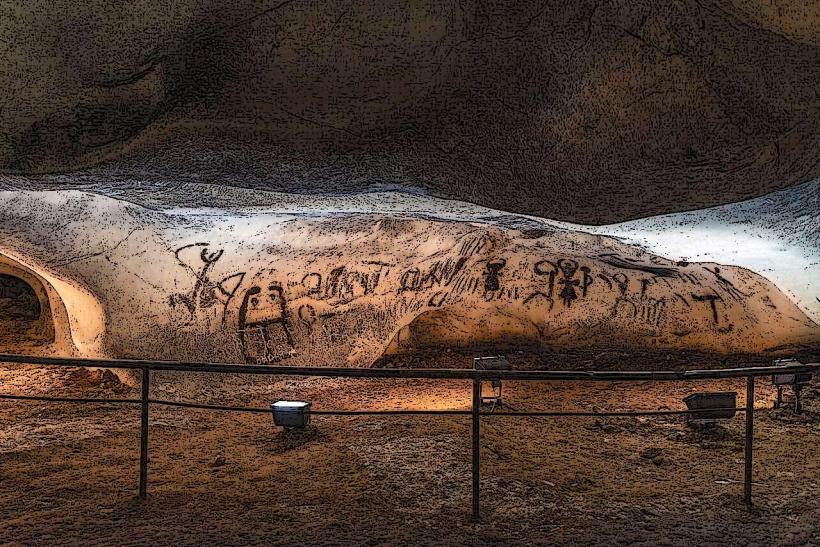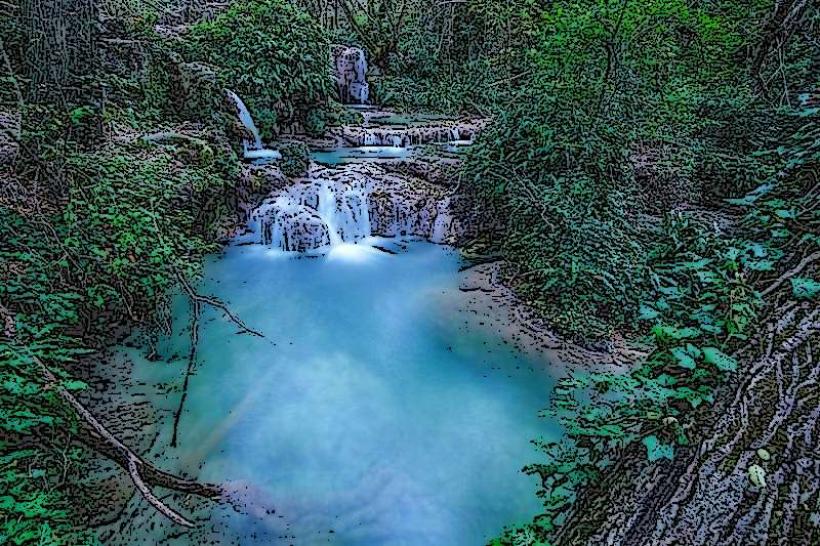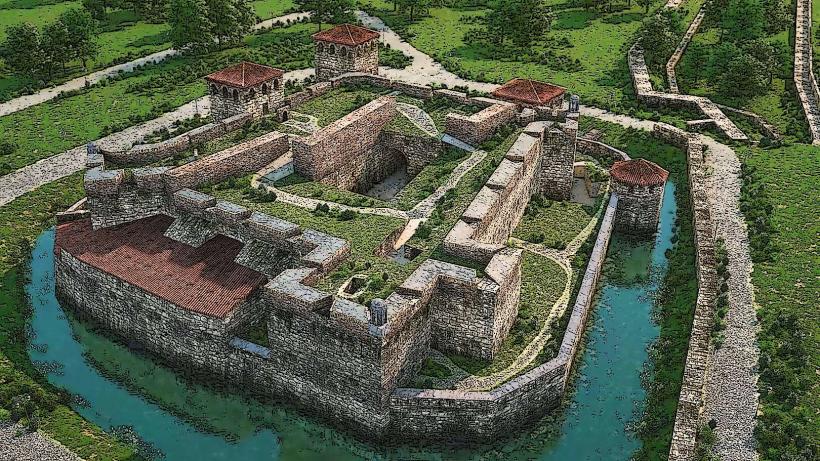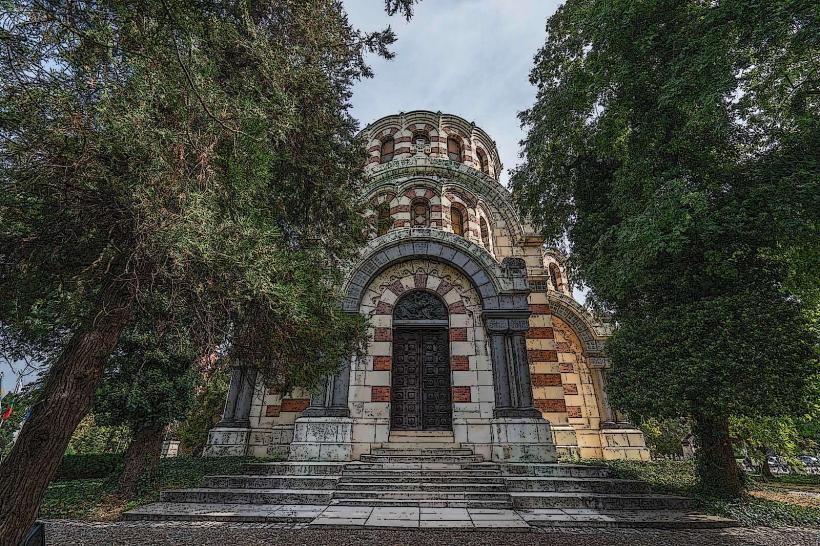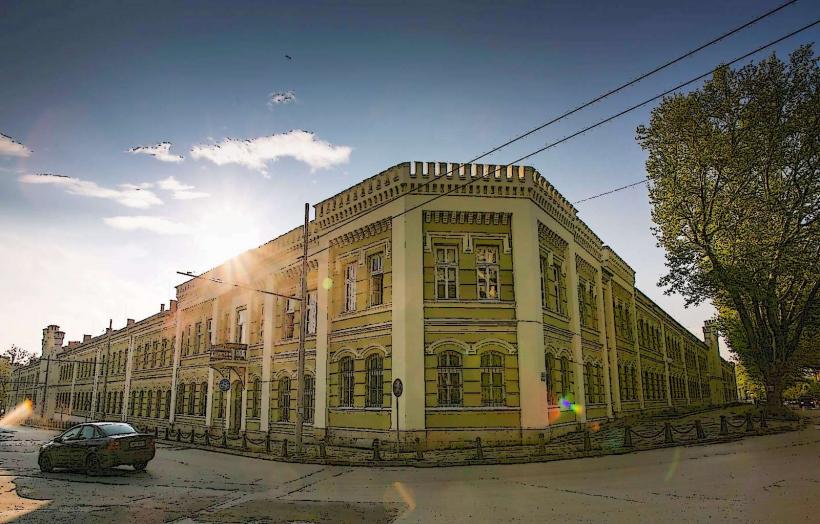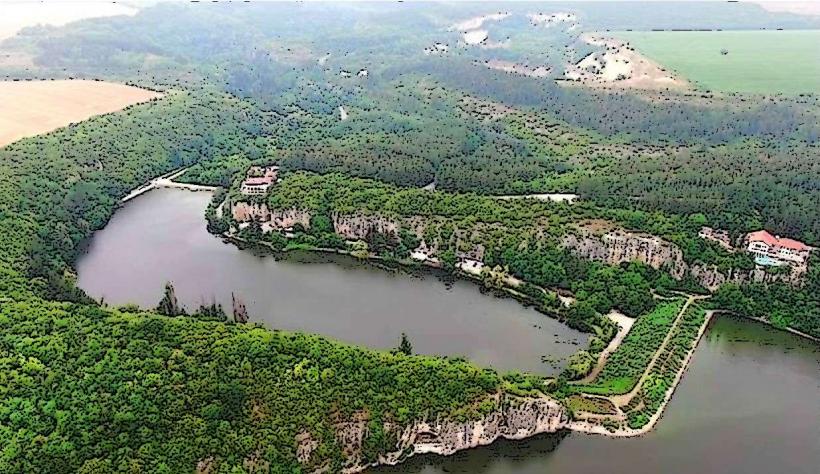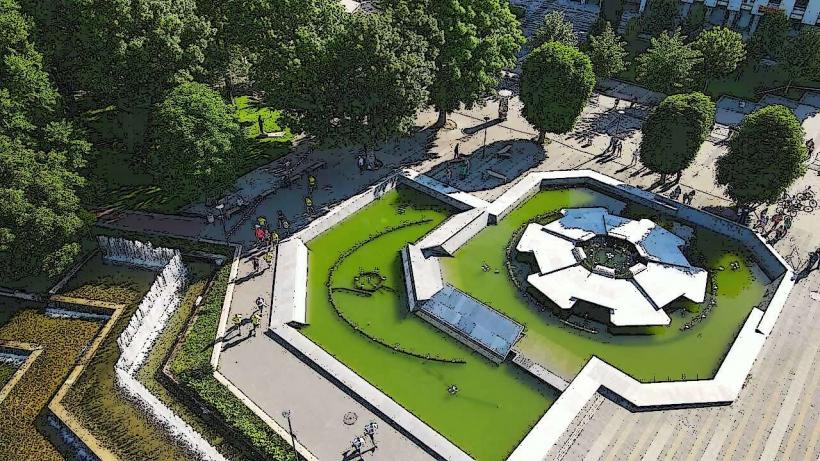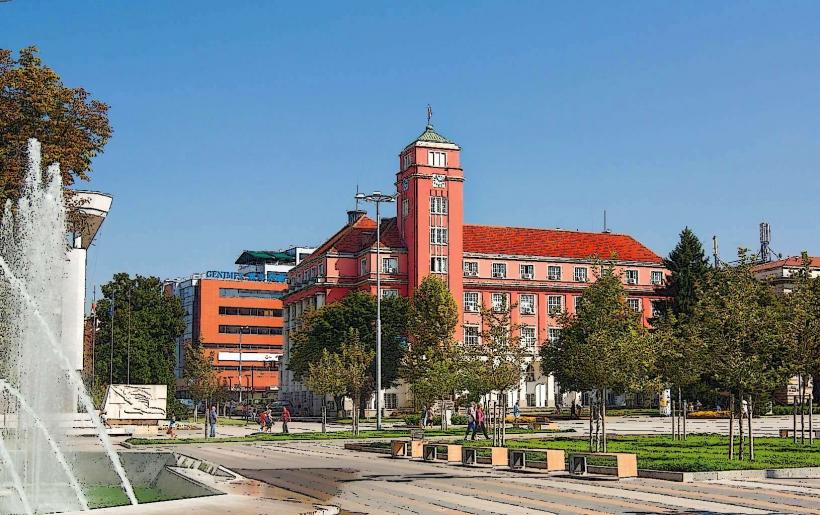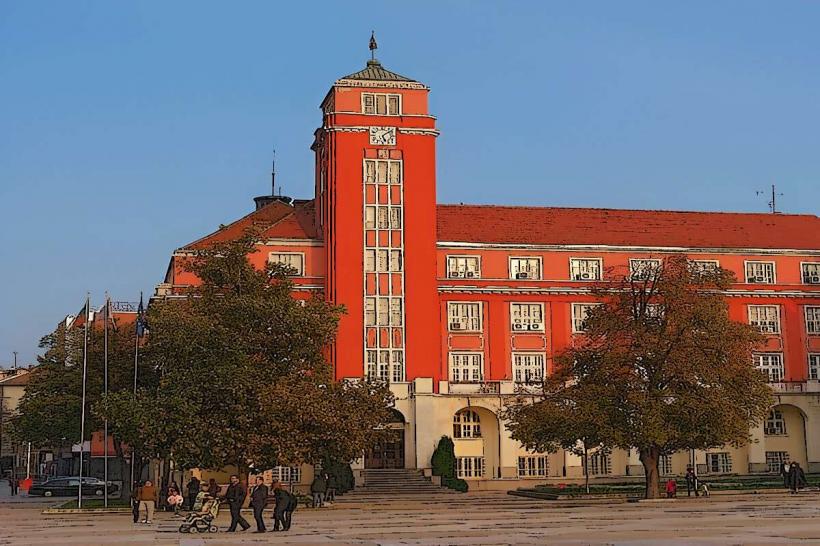Information
Landmark: City of Ulpia OescusCity: Pleven
Country: Bulgaria
Continent: Europe
Ulpia Oescus was an ancient Roman city located near the modern town of Gigen in northern Bulgaria, on the banks of the Danube River. It was a significant settlement in Roman times, serving as an important military and economic hub in the province of Moesia Inferior. The city was founded in the 1st century CE and flourished particularly during the 2nd century CE under the rule of Emperor Trajan.
Key Features and Historical Significance:
Strategic Location:
- Ulpia Oescus was strategically situated along the Danube, which was a key military and trade route in the Roman Empire. The city’s location allowed it to serve as a vital center for commerce and military operations, especially during the Roman-Dacian Wars and in the defense of the northern frontier.
Roman Influence:
- The city was founded as a Roman colony under Emperor Trajan (around 106 CE), following the conquest of Dacia. It became the capital of the Roman province of Moesia Inferior. The name "Ulpia" is believed to be derived from the emperor's family name, "Ulpius," signaling its imperial connection.
Urban Layout and Architecture:
- Archaeological remains from Ulpia Oescus reveal a typical Roman city layout, with a cardo (north-south street) and decumanus (east-west street) crossing at the city center. The city had a well-organized grid system of streets, surrounded by walls and gates.
- Some significant structures that have been uncovered include the forum, basilica, temples, and amphitheater. Additionally, the city is known for its Roman baths and granaries.
- Remains of Roman inscriptions, coins, and sculptures have been discovered, reflecting the cultural and administrative importance of Ulpia Oescus in the region.
Decline and Abandonment:
- Like many other Roman settlements along the Danube, Ulpia Oescus faced pressures from invading Goths and other barbarian groups during the 3rd century CE. The city eventually declined and was abandoned, though the surrounding region continued to be of strategic importance.
Modern-Day Site:
- Today, the ruins of Ulpia Oescus are an important archaeological site. Visitors can explore the remains of the Roman forum, the city walls, and other structures. The nearby archaeological museum in the town of Gigen houses many of the artifacts uncovered at the site, including inscriptions and statues that shed light on the city's role during the Roman Empire.

